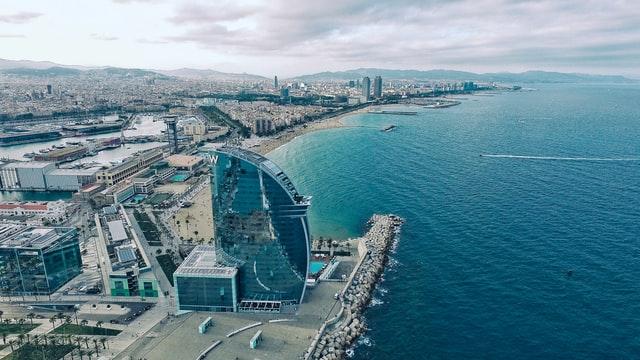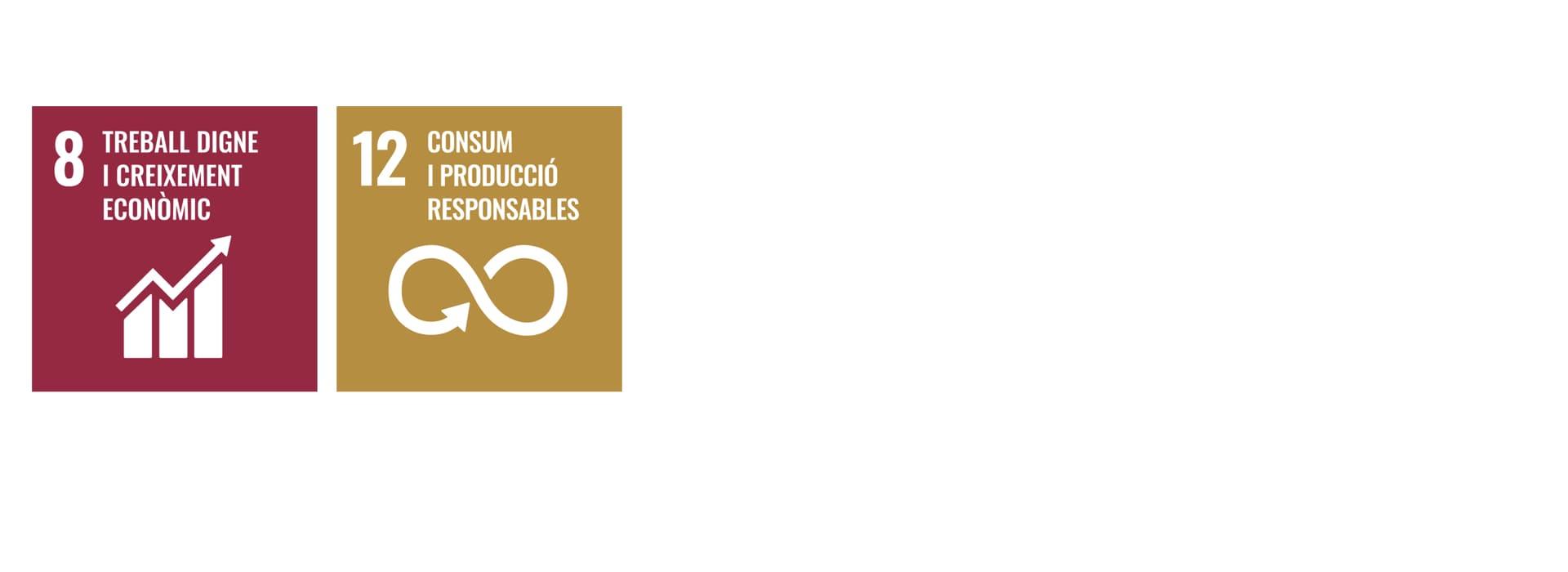Information for:

- Masters
- Postgrad courses
- Courses
- Faculty and research
- About UPF-BSM
Barcelona and its tourism dilemma
8 Febrero - 2022
Josep Francesc Valls
Director of the Chair of Future Scenarios for Retail, Tourism and Services
__
There is always the possibility of analyzing things looking at the bottle half full or from the opposite perspective. When facing the tourism balance of 2021 in Barcelona, we are faced with the doubt of whether the data should be compared with those of the previous year or with those of 2019. This is the dilemma.
Although hotel data are still insufficient, it is expected that the MWC will receive up to 75,000 congress attendees, who will leave between 100 and 200 million euros in the city
On the one hand, we are living the misfortune of the reduction to one third of the tourists in 2019; the hotels in Barcelona have stopped receiving 2,500 million euros as a result of the pandemic; and 40% of the 35,000 workers in the sector are in ERTO. On the other hand, it is worth celebrating the good news that, as of today, 3 out of 4 establishments are already covered and 100% will be covered by the summer, as the Hotels Association has stated this week; that the Mobile World Congress (MWC) will welcome 75,000 congressmen, which will bring between 100 and 200 million euros to the city; and that the other big events are going at a good pace of recruitment.
Barcelona, worse than Madrid
In January, hotel occupancy levels in the city were between 10% and 15%. In December, it exceeded 40%. This is the summary of 2021. The Hotel Guild has divided the year into three periods:
- The first four-month period, in line with the previous year, did not exceed 20% occupancy and only one-fifth of the hotels were open
- The second, due to the massive vaccination before the summer, these percentages rose to 50%
- The third, the pandemic rebound reduced them again. The fact is that after a black year, there has been another very dark one, sinking everything that affects urban tourism
Customers are scarce and accommodation prices plummet by half. Compared to Madrid, it hurts to see how the situation in Barcelona has been worse for several reasons.
First, the effect of being the capital of the State: the airport hub has been more active, as civil servants, politicians and corporate executives have to travel as an indispensable activity. Secondly, the geographical centrality has allowed Madrid to attract the Spanish public, while Barcelona, with a greater dependence on foreigners, has not been able to do the same with its hinterland, part of which is on the other side of the border.
Compared to Madrid, the situation in Barcelona has been worse due to the effect of the capital of the State and geographical centrality, among other factors
This combination of situations has not allowed Barcelona to continue to lead the last two years in occupancy and hotel prices in Spain, as it had done in the past. In fact, in this period, El Prat airport has gone from sixth to eleventh position in the European ranking, while Barajas has gone from fifth to eighth. Madrid, in short, has held up better than Barcelona.
Back to normal?
Although the pandemic seems to be demobilizing, it is not easy to think about where to go. The MWC at the end of the month, the ISE, Alimentaria, Seafood, the Cardiology Congress... all this year's shows seem to be lively, but still far from the past.
In this context, the most pronounced word these days in which the pandemic is being reduced is "normality". To return to it would mean ending the nightmare and recovering the previous situation. However, it is too often overlooked that the pandemic has changed several functions, including the attitude of companies and professionals towards travel.
Covid-19 has shown us that online can replace some of the travel, which is forcing us to rethink business tourism. However, it is true that the virtual extension of trade fair events, in the short and medium term, does not replace the main business of MICE (the management of travelers to the destination: hotels, restaurants, leisure, transport...). This reality particularly affects cities that have specialized.
Of the more than 10 million travelers arriving in 2019, 56% came for leisure and, the rest, between 21% and 23%, came for business or personal reasons
Of the more than 10 million travelers arriving in 2019, 56% arrived for leisure. The rest, between 21 and 23%, do so for business or personal reasons (Barcelona Tourism, 2020).
Expecting everything to go back to the way it used to be has prevented progress in visualizing this scenario differently and dealing with it. The icon is still powerful, but it is not capable of attracting the in-person visits of before. The model needs to be rethought.
On the one hand, to reinforce the icon, which is still powerful. Why not with the Hermitage and other attractions of the same style that attract specialized audiences? On the other, address those harmful effects inherent to the previous model, decongesting the center which, like the new Peuat, is going in the right direction: new decentralized tourist areas; massive incorporation of new technologies in face-to-face meetings; use of digital strategies and tools to improve the customer experience throughout the entire shopping journey?
The dilemma will be solved if opportunities are identified to be a city with fewer face-to-face tourists, generating the same or more wealth. Despite the fact that there are decision-making bodies, it is time again to make the effort to listen to everyone and join forces to set the roadmap.
